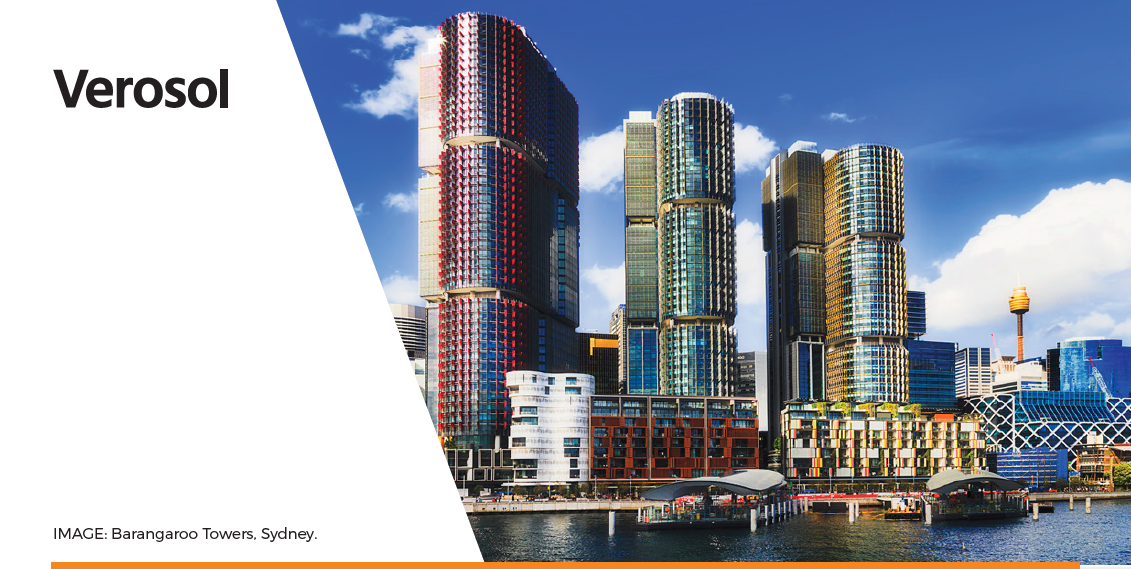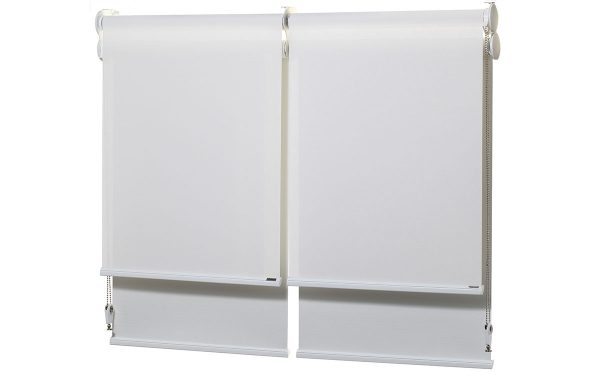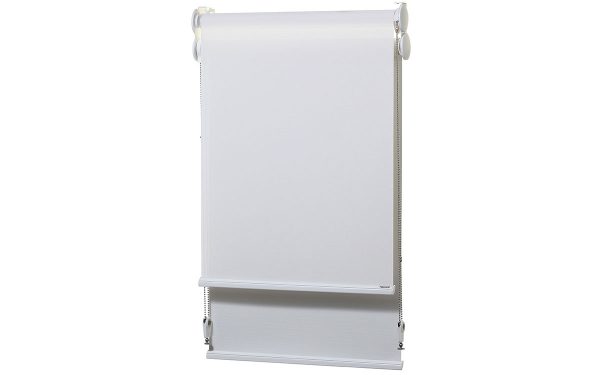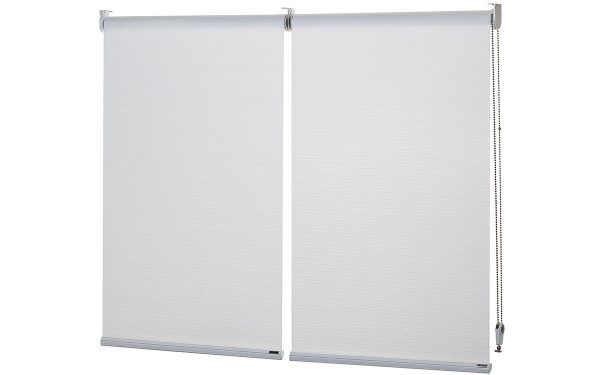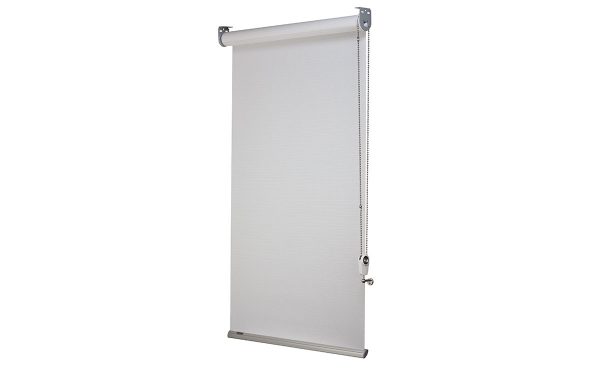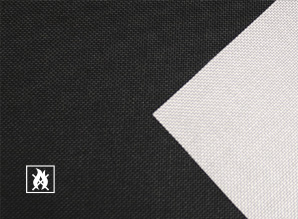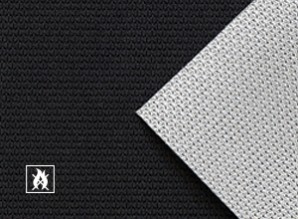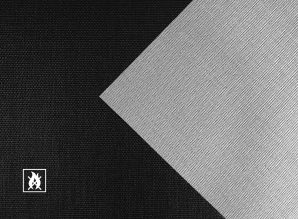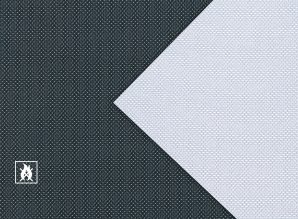Opening the blinds on Section J and beyond
Window Coverings and their energy saving potential
Within the construction sector, amongst all the talk of climate change – of embedded carbon, circular economy, and so forth – one important set of statistics is often missed. It turns out that 30 per cent of heating energy is lost through windows and 76 percent of sunlight that falls on standard double pane windows enters buildings to become heat.
It follows that quality window coverings can play a critical role in cutting energy costs and ensuring that commercial buildings are sustainable.
The regulations surrounding the use of window coverings in Australia, the National Construction Code (NCC) address this fact. Its most recent update (NCC 2019) takes two formally separate external components (exteriors walls and glazing) and redefines them as parts of the ‘total façade’. The relevant section (NCC 2019 Section J) acknowledges the importance of window coverings in improving thermal performance.
Specifiers need to realise that modern day window coverings are more than just ways of ensuring privacy or providing shade. Considering their significant energy saving potential, they can also play a crucial role in ensuring that commercial buildings are sustainable.
Pathways to compliance
There are two pathways to compliance. The first, Deemed-to-Satisfy (DTS) Solutions are prescriptive and are the result of the evaluation of evidence of suitability, expert judgement, or a combination of both.
The second, called Performance Solutions, are tailored to specific projects. They involve expert judgement of that application or comparison to ensure they meet the standards of the DTS provisions. Alternatively, compliance can be achieved through a combination of DTS and Performance solutions.
Though all are used, architects tend to prefer Performance solutions over the alternatives, mainly because they allow for more design flexibility.
Regardless of the compliance pathway they take, compliance is a complicated process. Tools like the NCC 2019 Façade Calculator or third-party modelling software can help, but the best advice for specifiers is seek assistance from an expert like Verosol, a leading manufacturer of high-performance window covering solutions.
Verosol has demonstrated, in various projects across Australia, that the energy efficiency levels mandated in NCC 2019 are just a minimum. State-of-the-art fabrics like Verosol’s SilverScreen make it quite possible to go beyond the regulations and cut heating and cooling requirements (and therefore energy costs and carbon emissions) by substantially more than is required. Combined with other technological leaps forward, like the ‘Smart Building’ concept, they put specifiers in a position to optimize window covering performance in ways that were previously not thought possible.
Click here to stream “Opening the blinds on Section J and Beyond”, the CPD Live session presented by AIA and sponsored by Verosol.
